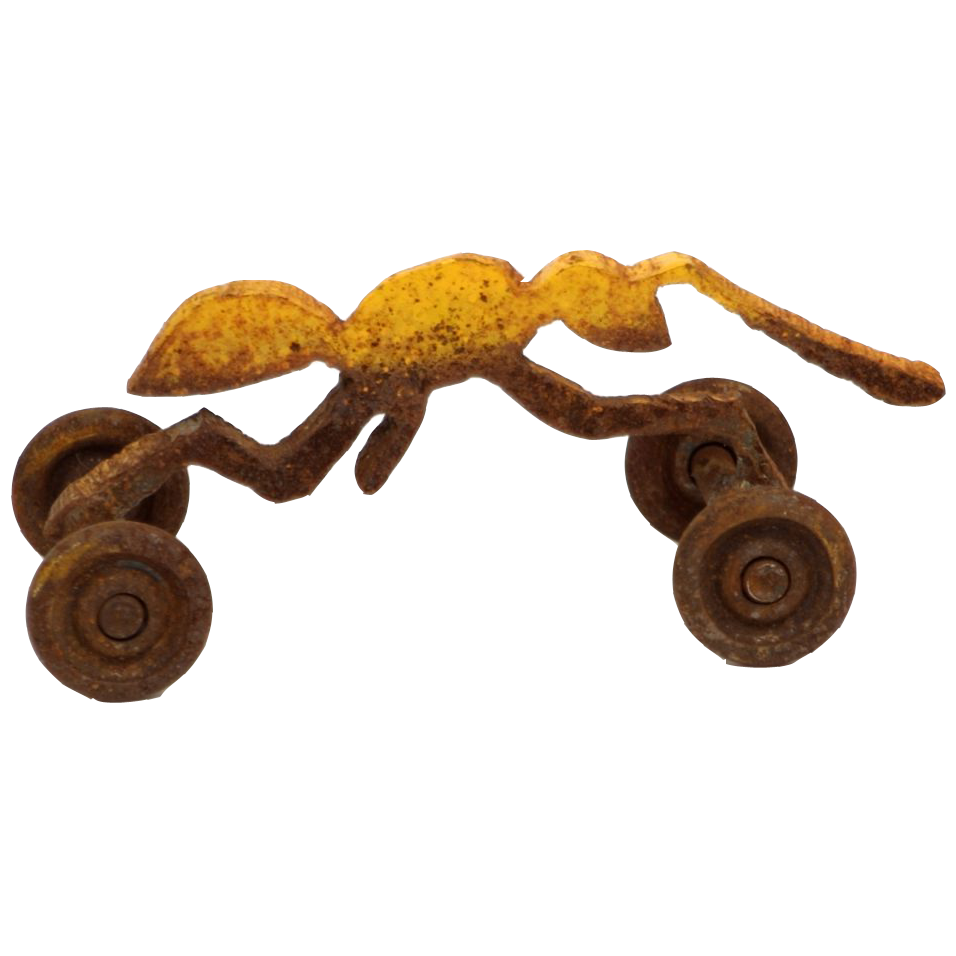There are myriad patterns and woven fabric for the fashion designer to choose from. Some patterns are hundreds of years old and have been in use for centuries. Many patterns have cultural or national origins. It is important for the fashion designer to be able to identify patterns by their names, below are several patterns along with a brief description. Get to know these patterns by name, and go to the Wikipedia site that each pattern is linked to find more information about the pattern. Gather sample images from the Internet for each pattern depicted below and save them to a folder in your (H:) titled Patterns. As you search for the patterns, find color harmonies different from the ones shown below.
Directions: Search the Internet for large images of the following patterns. Save the images you collect in a folder called Fabric_Patterns, you will use these patterns in subsequent lessons.
The argyle pattern is made of diamonds or lozenges. The word is sometimes used to refer to an individual diamond in the design but more commonly refers to the overall pattern. Most argyle layouts contain layers of overlapping motifs, adding a sense of three-dimensionality, movement, and texture. Typically, there is an overlay of intercrossing diagonal lines on solid diamonds.
Gingham is a medium-weight balanced plain-woven fabric made from dyed cotton or cotton-blend yarn. It is made of carded or combed, medium or fine yarns, where the coloring is on the warp yarns and always along the grain. Gingham has no right or wrong side with respect to color.When originally imported into Europe in the 17th century it was a striped fabric, though now it is distinguished by its checkered pattern.
The modern Border tartan is a crossweave of small dark and light checks, much plainer than the better-known Scottish tartans. Traditionally, the yarn for the light squares was simply untreated sheep’s wool and the darker yarn was the same wool dyed with simple vegetable dyes, such as alder bark or water flag, or the untreated wool of a black sheep.
Tartan is a pattern consisting of criss-crossed horizontal and vertical bands in multiple colors. Tartans originated in woven wool, but now they are made in many other materials. Tartan is particularly associated with Scotland. Scottish kilts almost always have tartan patterns. Tartan is often called plaid in North America.
Houndstooth, hounds tooth check or hound’s tooth (and similar spellings), also known as dogs tooth, dogtooth or dog’s tooth, is a duotone textile pattern characterized by broken checks or abstract four-pointed shapes, often in black and white, although other colors are used. The classic houndstooth pattern is an example of a tessellation.
Herringbone describes a distinctive V-shaped weaving pattern usually found in twill fabric. It is distinguished from a plain chevron by the break at reversal, which makes it resemble a broken zigzag. The pattern is called herringbone because it resembles the skeleton of a herring fish. Herringbone-patterned fabric is usually wool, and is one of the most popular cloths used for suits and outerwear. Tweed cloth is often woven with a herringbone pattern.
Paisley or Paisley pattern is a term in English for a design using the boteh, a droplet-shaped vegetable motif of Persian or Indian origin. Resembling a twisted teardrop, the kidney-shaped paisley is of Iranian and Indian origin, but its western name derives from the town of Paisley, in central Scotland, a center for textiles where paisley designs were produced. Such designs became very popular in the West in the 18th and 19th centuries, following imports of post-Mughal versions of the design from British India, especially in the form of Kashmir shawls, and were then imitated locally.
Pattern Swatches
Pattern swatches are an important tool for the fashion designer,they help the designer establish and define the colors, textures, and patterns for their designs. Search the Internet for variations of the patterns featured above finding patterns and colors that will reflect different moods you’d like to express. Save and title large images, 500 pixels or more, in a folder on the drive called Fashion_Patterns. Be sure to use Search Tools in Google to find specific colors groups and proper sized images. Gather at least 25 patterns.
Use the following tutorial to help you create a new project in Adobe Photoshop that will depict the different color and patterns you’ve chosen.
Tutorial | Pattern Swatches
Sample Student Pattern Swatches
Source:
Pattern:
http://en.wikipedia.org/wiki/Argyle_(pattern)
http://en.wikipedia.org/wiki/Gingham
http://en.wikipedia.org/wiki/Border_tartan
http://en.wikipedia.org/wiki/Tartan
http://en.wikipedia.org/wiki/Houndstooth
http://en.wikipedia.org/wiki/Herringbone_(cloth)
http://en.wikipedia.org/wiki/Paisley_pattern

























